PVC, or Polyvinyl Chloride, stands as one of the world’s most produced plastic products.
By incorporating various plastic additives tailored to specific applications, PVC plastics can exhibit diverse physical and mechanical properties.
But the critical question arises: Is PVC safe? Let’s delve deeper to explore PVC topic!
What Is PVC ?
PVC, fully known as Polyvinyl Chloride, is one of the world’s most produced plastic products.
Polyvinyl chloride resin, the main component of PVC, is a high molecular compound formed from the polymerization of vinyl chloride monomers.
Typically a white or light yellow powder, it cannot be used on its own and must be modified.
By adding suitable plasticizers to the PVC resin, a variety of rigid, flexible, and transparent products can be created.
PVC is known for its high resistance to weathering, chemical corrosion, and heat.
In essence, PVC is a type of vacuum forming film used for surface packaging of various panels, hence also known as a decorative film or adhesive film.
As a result, it is widely used in various fields such as construction, electrical wiring and cables, piping, packaging, and medical equipment.
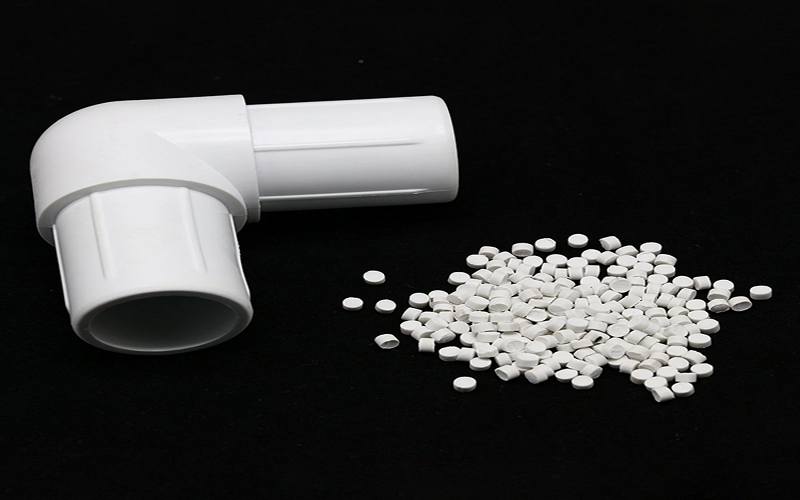
What Is The Composition Of PVC Material?
Pure PVC is a white powder primarily composed of PVC resin, requiring modification during the manufacturing process through the addition of various additives.
These include plasticizers to enhance flexibility, stabilizers to prevent decomposition, fillers to increase strength, and other additives to improve specific properties such as color and impact resistance.
The type and ratio of these additives determine the final properties of PVC, enabling its application across a wide range from rigid to flexible products.
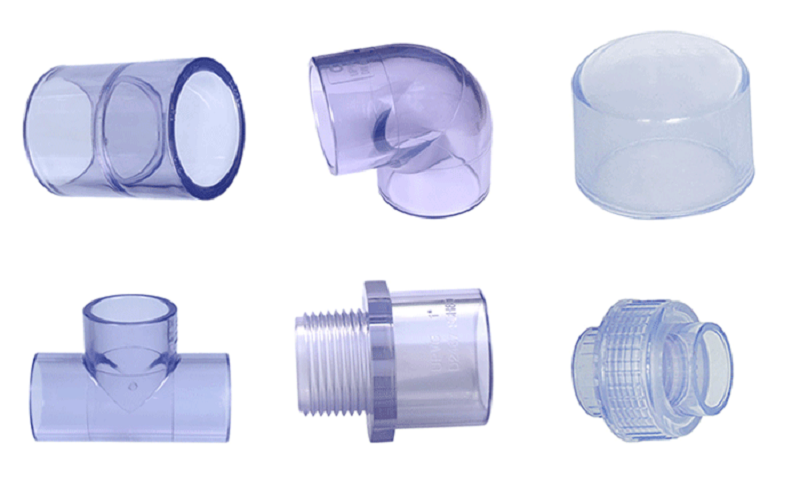
Safety Risks in the Manufacturing Process of PVC
PVC can be processed using a variety of molding methods, such as calendering, extrusion, injection, and blow molding.
During the PVC injection molding process, heating PVC to the necessary temperatures may release hydrogen chloride and other toxic gases, posing hazards to both human health and the environment.
Additionally, PVC products often require the addition of various additives to achieve desired properties, including chemicals like phthalates.
Throughout the stages of PVC processing, including mixing, heating, and molding, these chemicals may be released into the workplace as dust or vapors, increasing workers’ exposure to harmful substances.
Therefore, in the production and processing of PVC, it is essential to ensure adequate ventilation and use appropriate personal protective equipment to mitigate safety risks.
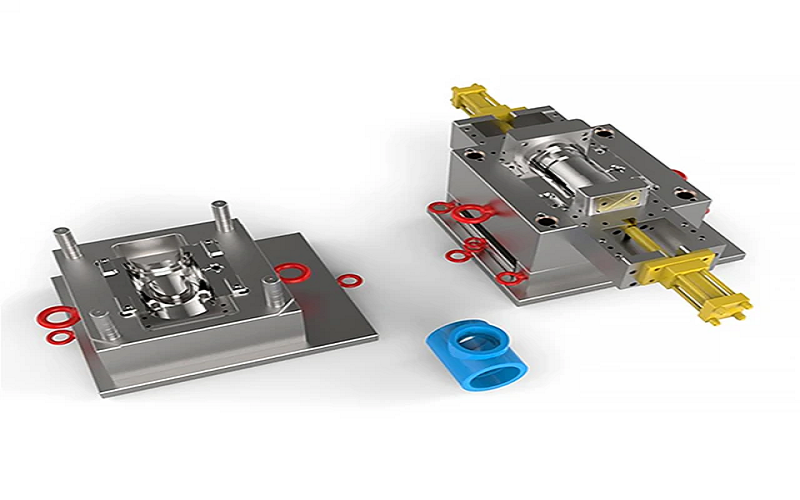
Assessing PVC Safety: Is PVC Toxic?
In the preceding text, we learned that PVC plastic contains PVC resin along with a variety of additives.
While these plastic additives enhance many of PVC’s exceptional properties, they also introduce some safety concerns.
Residual vinyl chloride monomer (VCM) in PVC resin and products, considered a severe carcinogen, is deemed non-toxic in hygienic-grade resin if its concentration is below 1PPM.
Additionally, plasticizers, especially those based on phthalates, have been shown to disrupt the human hormonal system, leading to reproductive issues and potentially increasing the risk of certain cancers.
Furthermore, the processing of PVC, particularly during incineration, releases harmful substances like hydrochloric acid and dioxins, whose toxicity is well-documented.
Therefore, the toxic components and safety risks associated with PVC have earned it the nickname “the fighter jet among toxic plastics.”
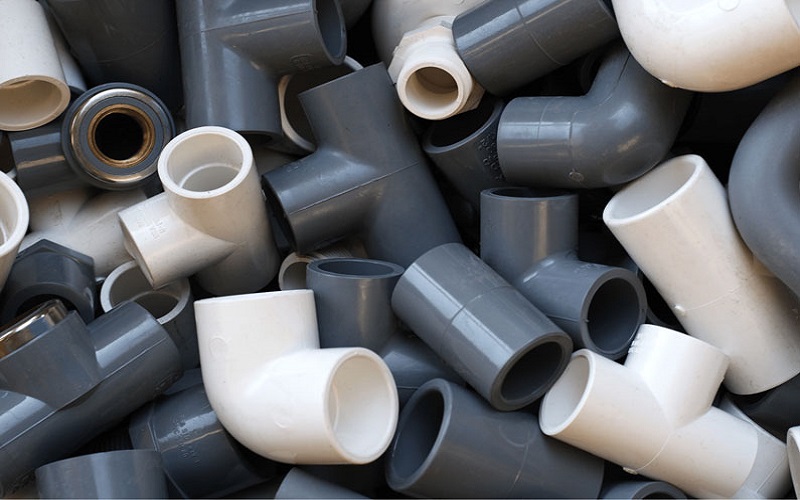
Is PVC Safe For Food?
Given its specific composition, PVC material may not always be deemed suitable for food-related applications under certain circumstances.
The flexibility attribute of PVC largely derives from the inclusion of plasticizers, with those based on phthalates, such as DEHP, being of particular concern due to their associated health risks.
These substances have the potential to leach out into food when PVC comes into contact with high temperatures or fats, or during prolonged storage.
Additionally, the manufacturing process of PVC products can lead to the presence of vinyl chloride monomer (VCM), a compound recognized for its carcinogenic properties.
Although advancements in manufacturing technology have significantly reduced VCM residues to minimal levels, this risk factor merits careful consideration.
Hence, while PVC boasts advantages like affordability and robustness, making it a popular choice across a variety of industrial and household products, its use in food grade plastic applications is closely monitored and frequently debated due to safety concerns.
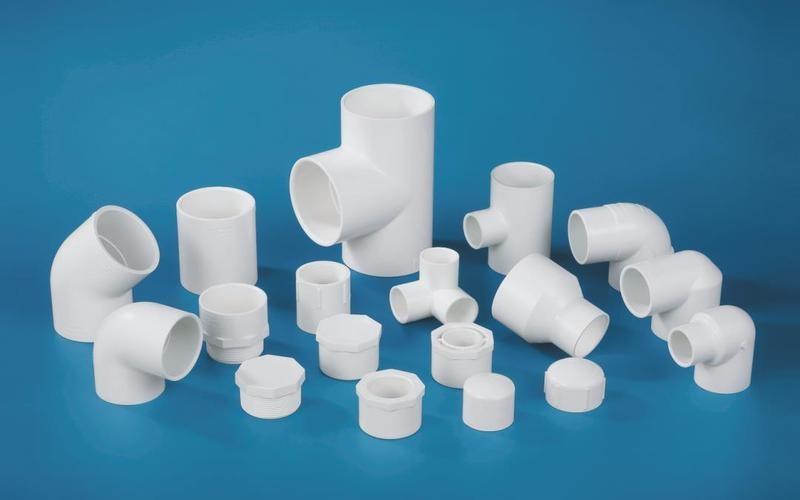
PVC In Toys:Is Polyvinyl Chloride Safe?
The safety of PVC toys has always been a highly controversial and concerning issue.
Polyvinyl chloride itself is a durable and versatile plastic commonly used across a wide range of products.
However, the plastic additives and residual vinyl chloride monomer present in it are sources of health risks for children.
For instance, soft PVC toys likely contain phthalates as plasticizers, which can disrupt the human endocrine system and increase the risk of asthma and allergies in children.
Additionally, PVC toys may contain toxic substances like cadmium, lead, and Bisphenol A.
Consequently, several countries and regions have enacted strict regulations regarding the safety of PVC toys.
For example, the European Union and the United States have banned or restricted the use of certain phthalates and set strict limits on the allowable content of heavy metals in toys.
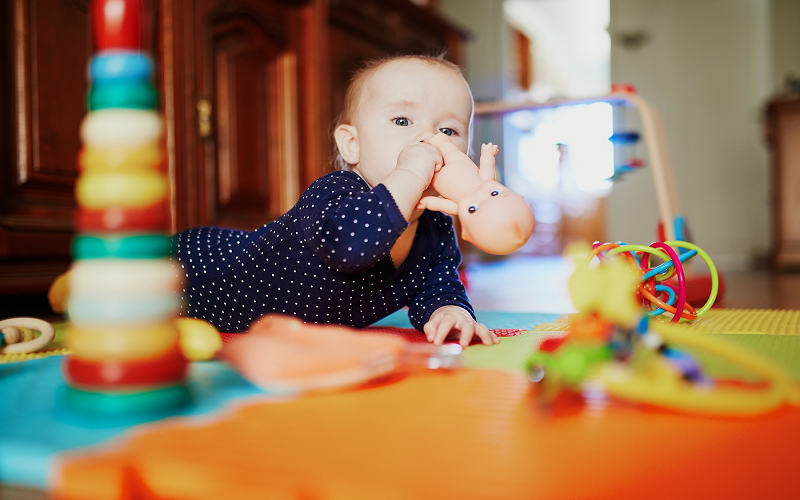
Is PVC Harmful To Humans?
While polyvinyl chloride itself does not pose a direct threat to human health, the chemical additives used to enhance its properties carry significant potential hazards.
Due to the inherent limitations of PVC material, a large number of additives, including plasticizers and stabilizers, must be incorporated to enhance the properties of PVC plastics.
Common stabilizers include metal salts of lead, cadmium, zinc, barium, and tin, which can leach out from PVC products and pose serious health risks.
Lead, for instance, can damage children’s nervous systems, hinder their intellectual development, harm women’s reproductive systems, and is potentially carcinogenic. Cadmium can affect kidney function.
On the other hand, the production of PVC is an energy-intensive industry that involves various toxic chemicals, including dichloroethane, vinyl chloride, and mercury contamination.
Explosions or leaks at vinyl chloride manufacturing facilities pose a significant health risk to workers and nearby residents.
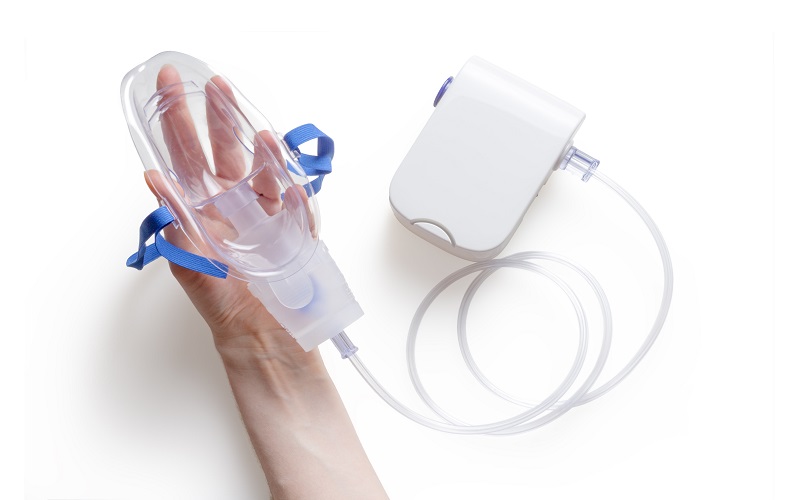
The Environmental Impact of PVC
Due to the chlorine content in PVC, its incineration not only releases toxic hydrogen chloride gas but also generates heavy metals and the potent carcinogen dioxin, polluting the air and soil and posing health hazards to humans.
Additionally, PVC is difficult to degrade, making landfill disposal inefficient.
If PVC waste is extensively dumped in landfills, it not only poses a fire hazard but also leaches harmful substances like heavy metals and organic halides, contaminating the soil and groundwater.
Thus, whether through landfilling or incineration, the disposal of PVC waste leads to environmental problems.
Moreover, since PVC products often contain plasticizers and heavy metals, once they mix into the recycled plastics, they can contaminate the recyclates, making the recycling of PVC waste also quite challenging.
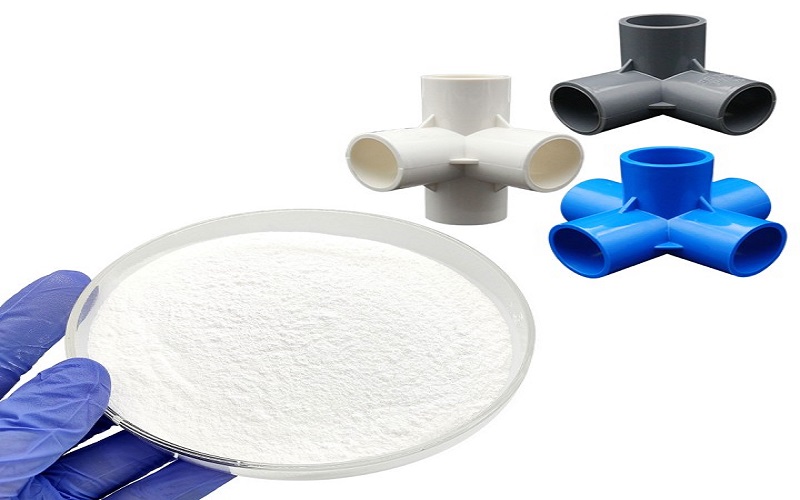
PVC Recycling Disposal: Safety Considerations
In the plastic recycling symbols, “03” represents PVC. However, this does not imply that PVC is easy to recycle, as it often contains a variety of additives.
When processing PVC, safety is a critical consideration, particularly given high melting point of PVC .
If polyvinyl chloride is heated beyond its melting point, it will degrade and release hydrogen chloride gas, which is harmful if inhaled.
To ensure safe recycling, items made from recycled rigid PVC need to be completely covered with a lead-free layer to protect people and the environment from accidental exposure to lead.
Additionally, recycled rigid PVC can only be recycled back into the same application, such as from window profiles to window profiles.
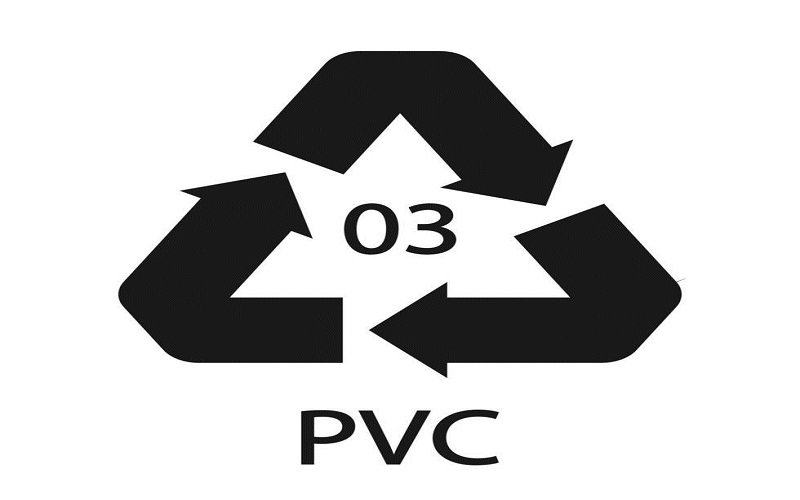
Is PVC Recycled Material Safe?
During the physical recycling of PVC, it is processed mechanically, mainly through shredding, sorting, and grinding, ultimately resulting in recycled materials in forms such as films, powders, granules, or other formats.
However, these recycled materials are not absolutely safe.
Even though the recycling process can reduce the content of certain harmful substances, it is impossible to completely remove all plasticizers, stabilizers, and other additives.
These residual chemicals remain in the recycled PVC material and continue to be used in the production of new products, potentially impacting human health.
Furthermore, cross-contamination during the PVC recycling process poses another issue.
PVC waste from different sources may contain various types and amounts of additives, which can mix during the recycling process, potentially leading to the final recycled product’s performance being unstable or unpredictable.
Therefore, precise source sorting and strict quality control are crucial for producing high-quality, safe recycled PVC materials.
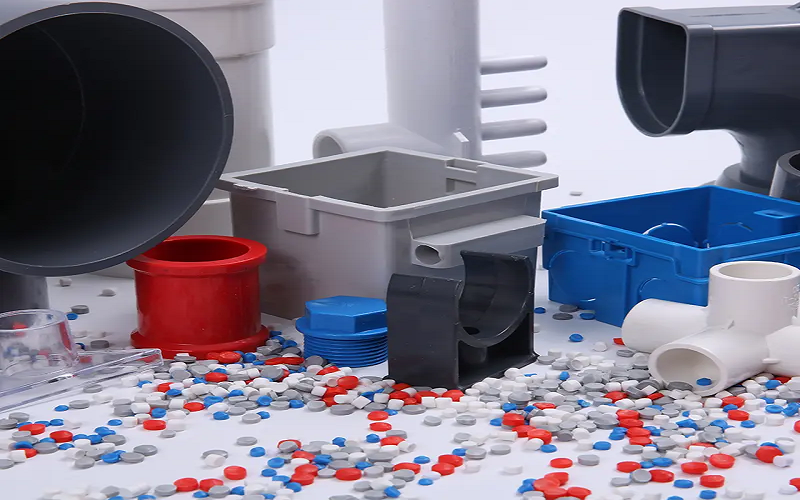
Is PVC Safer Than Ohter Plastics?
In our discussion on ABS vs PVC, it was noted that ABS manufacturing could release styrene, potentially impacting human health significantly.
Meanwhile, PVC production is known to emit chlorine and dioxins, toxic substances that contribute to environmental pollution.
When comparing PET with PVC, the environmental and health advantages of PET plastic become even more pronounced.
PVC not only introduces considerable environmental hazards due to its toxic emissions but also poses greater challenges in terms of recycling.
Its lower recycling rate further exacerbates the environmental issues, highlighting the need for more sustainable alternatives.
Therefore, the safety of pvc does not hold an advantage in comparison with other plastic materials.
Here’s a comparative data table on the safety of PVC versus other plastics:
Plastic Material | Health Safety Concerns | Recyclability | Environmental Impact |
PVC | Emission of chlorine and dioxins during production and incineration; potential phthalate leaching | Challenging to recycle; lower recycling rate | High due to toxic emissions and challenges in recycling |
PET | Generally considered safe; subject to strict food safety standards | Highly recyclable; one of the most recycled plastics | Low; highly recyclable with a clear recycling pathway |
PP | Considered safe; does not contain BPA | Recyclable; increasing recycling rates | Moderate; recyclable with good market for recycled products |
ABS | Potential styrene emission, which may impact human health | Recyclable, but less commonly recycled than PET or PP | Moderate; concerns about emissions during production |
HDPE | Considered safe for food contact; widely used in food packaging and containers | Highly recyclable; widely accepted in recycling programs | Low; highly recyclable and commonly used in food packaging |
Safety Regulations And Standards For PVC
To enhance the safety of PVC plastic, numerous international and regional regulations and standards have been established.
For instance, the EU’s REACH regulation restricts the use of certain plasticizers, such as phthalates, in PVC products.
According to the Chinese “National Food Safety Standard for Food Contact Plastic Resins” (GB4806.6-2016), vinyl chloride is not detectable in food contact materials and products, and its residual amount must not exceed 1mg/kg.
PVC used in children’s toys and care products must comply with specific safety standards to limit the content of harmful chemical substances.
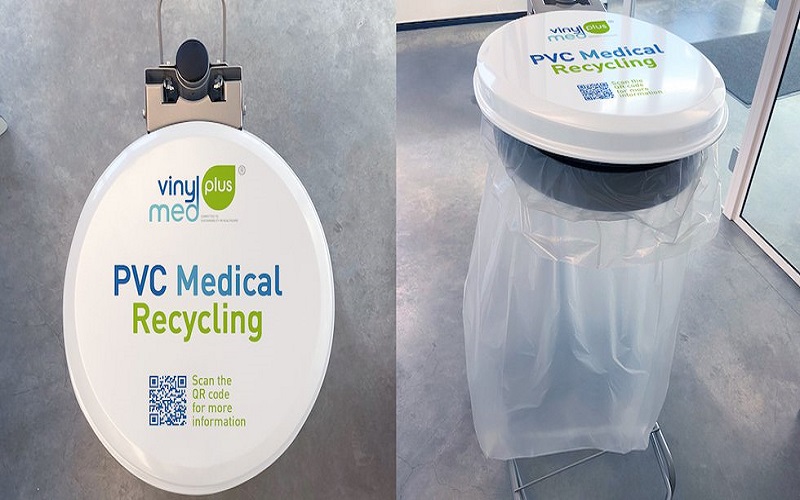
Conclusion
Overall, PVC is a toxic plastic material, primarily due to the harmful additives it contains (such as plasticizers and stabilizers) and the hazardous substances that may be released during its production and disposal (such as chlorine gas and dioxins).
These factors can have negative impacts on human health and the environment.
Although physical recycling can reduce the content of some harmful substances, it is challenging to completely remove all additives, and cross-contamination during the recycling process may lead to unstable performance of the recycled materials.
Therefore, ensuring the safety of PVC use and recycling requires strict quality control and appropriate handling measures.
